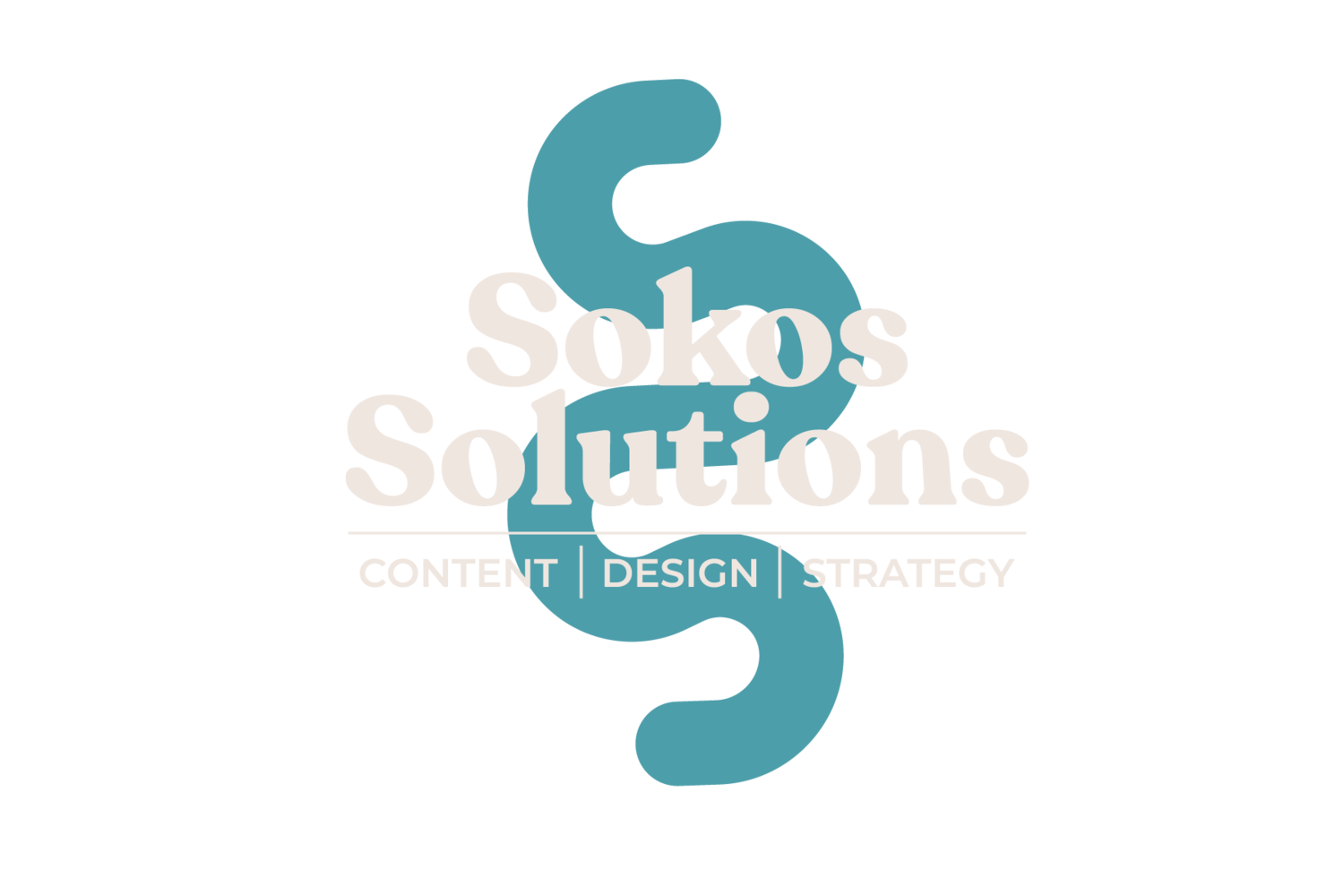Is my website ADA Compliant?
We live in a time where inclusivity is a top priority, where businesses and individuals are taking important and necessary measures to ensure that the company’s operations, staff, and cultures are accessible of all people, regardless of race, religion, orientation, ability, or country of origin. Today, website accessibility is more important than ever thanks to the rise in mobile devices, iPads, and generally everyone everywhere constantly in a state of “connectedness.”
Many of our Agency Clients are asking us what might seem to be a simple question: “Is my website ADA compliant?” While we are marketers, not attorneys, the Sokos team conducted our own research on behalf of our clients, and we hope this post can provide some context to the situation and clarity on what you need to know.
There has been a tremendous increase in lawsuits regarding website ADA Compliance, with municipalities in our local area like Manatee County and the City of Bradenton Beach sued successfully over web accessibility. Despite that the targets of most lawsuits currently are municipalities and big businesses, there is cause for concern on behalf of small business owners and non-profit organizations, as well. Over 27 ADA lawsuits are filed on average each and every day. Not every suit is legally in violation of ADA laws but, of course, this does not stop one from filing.
Part of the reason we have seen an increase in client inquiries about ADA compliance is that other local Marketing and Web Design firms have resorted to “ambulance chasing” techniques most commonly used by attorneys, sending letters and communications warning them to potential fines and litigation. They join law firms in targeting what they feel are “low hanging fruit,” specifically smaller businesses, governments, and non-profit organizations, who they know rely on small teams, smaller budgets, and time constraints with the hope they will just “pay up.”
A basic test that we advise our clients to consider is this: if you have a publicly accessible office, store, or venue where you must meet accessibility requirements for public access to your establishment, it’s a best practice to take measures ensuring your “digital” presence is ADA accessible as well.
What Does Website Accessibility Mean?
Spoken in the most basic terms, you should ensure that your website can be accessed by anyone, regardless of disability.
What this means to you: the vision-impaired must be able to use an audio translator, so all of your written content needs to be spelled out and logical. These users could also be dependent on screen reading software. All media (think videos, pictures, audio clips, etc) would need to have tag descriptions that are logical. An easy example: when you download a picture of your team from Facebook, the file name may read something like this: 160032241413482i478337.jpg. It’s common for even the best web developers, marketing associates, and employees to just upload that picture to your website. In order to be ADA compliant, that picture needs to both be re-named and the image description updated to be understood by anyone.
Think if you were not able to see: how would you know what that image was depicting? The ADA-compliant way to handle this would be to name the file “Team-Members-Smiling.jpg” and add a description stating “members of our team smiling for a teach photo” so that screen readers can read aloud the description of the image to someone visually impaired.
What can you do to be compliant?
At Sokos Solutions, we’ve researched the best ways and most cost-effective ways to keep up with changing ADA regulations. It is in your company’s best interest to consider this investment an insurance policy against potential risk and litigation – but more importantly – it is also enabling you to reach and serve a growing percentage of the population (and your potential customers) who are disabled or impaired. Through a new partnership with AccessiBe, for one low annual fee, we can configure your site with AccessiBe.
AccessiBe utilizes Automatic AI (Artificial Intelligence) for Web Accessibility & Compliance with WCAG 2.1 AA Level and US Section 508, Americans with Disabilities Act (ADA) and European Union Standard EN 301549. Audits are performed automatically and provide over 96% AI-powered remediation. The remaining 4% are reported during daily automated compliance monitoring scans and will be remediated manually by your Sokos Team. The only exception to our automated solution is PDFs, documents, and video subtitles, which are priced separately. This is simply because the assets listed are added files, which are not a part of your website’s codebase.
Please note: AccessiBe will not change a thing for the majority of users. It will only be activated when turned on via the interface (or a Screen-reader if the user is blind), as an overlay to your website, and only to the user’s specific session. Therefore, AccessiBe won’t affect your design, user interface, or site performance at all. The entire process is automated, from remediation to becoming compliant. Additionally, AccessiBe doesn’t collect user data, so it doesn’t affect your GDPR compliance.
The annual cost to Agency Clients is $799, with an additional $49 set-up fee for the first year. Non-retainer clients who have had a website designed by our team within the last 2 years are offered the same rate.
Interested in learning more? Let your Client Success Manager know you’d like to proceed with ADA Compliance Installation or drop us a note at Wave@SokosSolutions.com.


